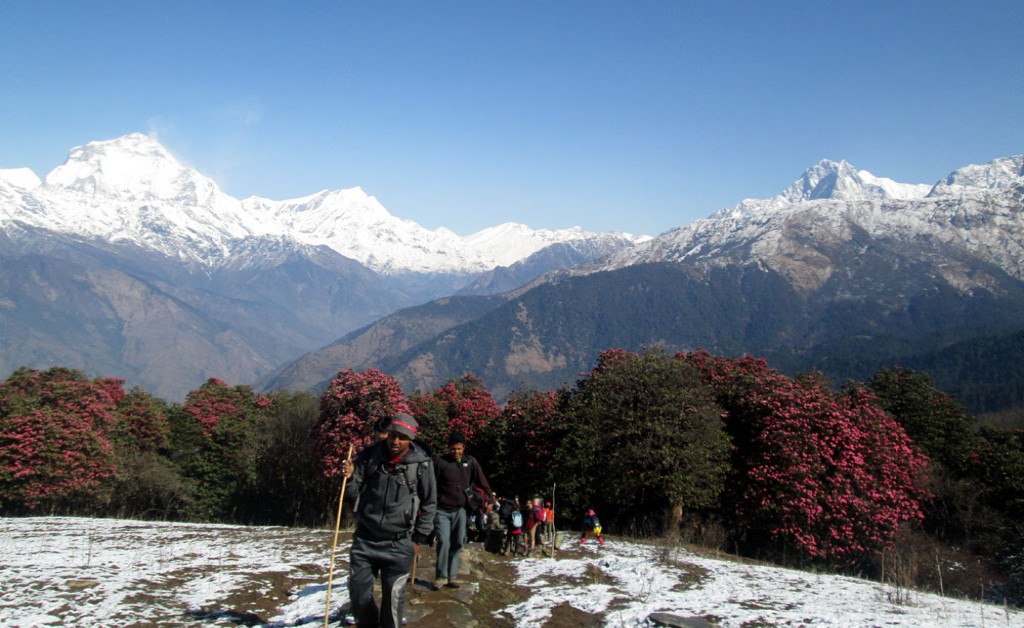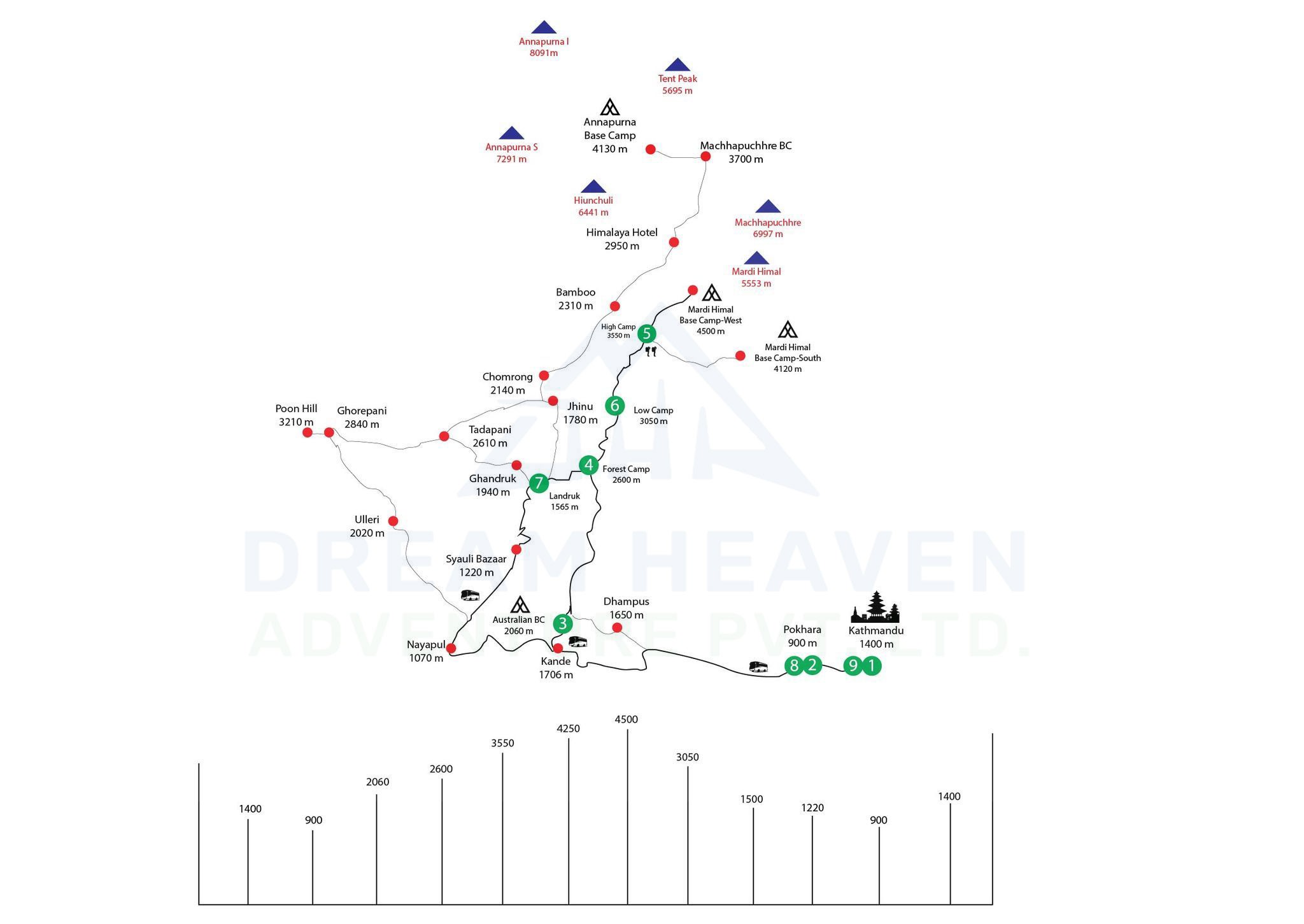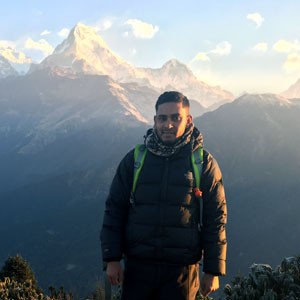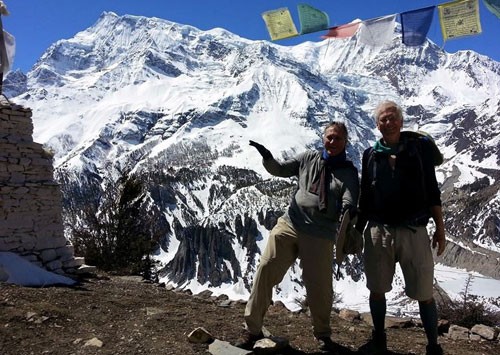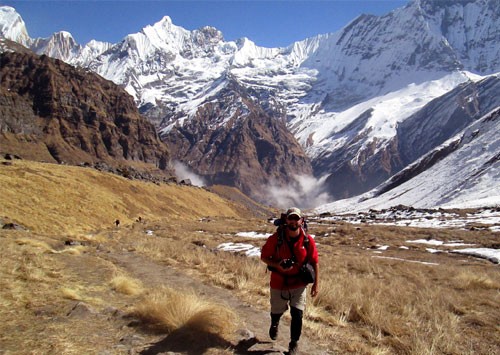One of the easy trek to Annapurna region is a 5-day Annapurna Panorama view trek. This trek is a perfect blend of natural and cultural beauty. It is perfect choice for the trekkers with limited time and wanting to explore the charm of Himalayas and culture of Nepal. Walking through the various forests suspension and peaceful villages along the trail you can see the breathtaking scenery of tall mountains or towering peaks like Annapurna, Dhaulagiri, and Machapuchre.
The Annapurna Panorama trekking is a great choice for those who love exploring cultural diversity and traditions. You will get a chance to immerse in Local Culture and enjoy their warm hospitality. One of the best part of this trek is that it is not too challenging. This trek is ideal for all kind of age group of people.
If you want to explore the beauty of mountains in Nepal, Annapurna Panorama Trek is one of the best choice. Doing this Panorama trek is the most favorable trip as you can enjoy the magic of Himalayas without long hour of walk. The Annapurna Panorama Trek trail doesn’t go very high, so the risk of altitude sickness is also very low.
Highlight of Annapurna Panorama Trekking
Breathtaking Mountain Views
Trekking in Annapurna region is all about exploring the beauty of Himalayan region in Nepal. Beautifully snowcapped mountains offer one of the best feelings for those who love immersing themselves in the magnificent of Himalayas.
Cultural exploration
Various traditional and cultural villages fall during the Annapurna Panorama View trek in Nepal. Village like Ghandruk full of people with Gurung and Magar community a great chance to soak yourself in their rich culture and traditions. You can enjoy beautiful Kauda dance presented by Gurung and Magar community.
Natural Beauty
The Annapurna region is a perfect combination of beautiful mountain ranges, dense forests, charming villages and wildlife making it naturally beautiful. You can find rhododendron blooming beautifully adding a colorful vibrant to the trek along the trail.
Ghandruk
Ghandruk is traditional Gurung Village in the Annapurna Region in Nepal. It is the beautiful area to explore the tradition and culture of the local people. Ghandruk offers the amazing views of various mountains like Mt. Annapurna, Mt. Machapuchre, Mt. Gangapurna, and mount Hiunchuli.
Poonhill
One of the main view point during Annapurna Panorama view trek is Poonhill. Watching sunrise throw the snowy mountains from Poonhill is one of the best thing to do during this trek. Poonhill offers the breathtaking views of many beautiful mountains making the walk worth it.
Best Season for Annapurna Panorama view trekking in Nepal
While doing the trek in Nepal, you must know more about the trekking seasons. You should know which season offers the stunning views with safety. Information about the landscapes of the trekking region along with its trekking season is an essential. If you are wondering which season to do Annapurna Panorama trek, you should choose either Spring or Autumn. Here’s given the seasons and its impact while trekking:
Spring (March-May)
Spring is the best season to trek as it offers warm temperature with colorful flowers blooming everywhere giving trek one of the best experience. Clear environment offers the amazing views of Annapurna ranges and clear skies. People who loving making many friends should definitely trek during this season as you will find lots of fellow trekkers along the way and tea houses. You should expect some crows at some popular spots like Ghorepani and Poonhill during trekking in spring.
Autumn (September-October)
With stable weather conditions Spring is one of the stable and peak season for trekking. You will find clear skies with most scenic views of Annapurna and Dhaulagiri ranges. Autumn is one of the most popular trekking season in Nepal so you should book tea houses in advance in order to have a comfortable trekking journey. However, you can have an amazing journey with fellow trekkers during this season.
Winter (December-February)
Trekking in winter is not recommended as the weather is extremely cold during daytime and nearly freezing during night at higher altitude. As winter is off- peak season you will see few trekkers during your trek journey. Its foggy during winter and sometimes can block the views. But trekking in winter is possible if you can cope with cold and enjoy peaceful and less crowded places. It is essential to prepare in advance and properly to trek in winter.
Monsoon (June-August)
Trekking in monsoon comes with challenges, as it is rainy season and you might face many difficulties during your trek. The roads to reach trekking destinations might be blocked due to flood and landslide. Due to heavy rain fall and cloudy weather the views might be blocked and trail slippery. This is one of the least popular trekking with only fewer trekkers making trekking quiet and risky. It is uncomfortable to trek in monsoon season.
Why choose Panorama trekking in Annapurna with us?
Dream Heaven Adventure Pvt. Ltd. has been providing with unconditional support since our establishment 12 years ago. We provide you with budget friendly tour packages with customized itinerary according to your interest. Trekking in Annapurna region, we provide you with good English speaking and an experienced guide who is very familiar with culture, history and path of this region.
We are committed to eco-friendly trekking and adventure activities in Himalayas of Nepal. We are registered trekking company in Nepal, trek with us will be totally hassle free, you will be able to explore the beauty of Annapurna Panorama view trek without any concern.
